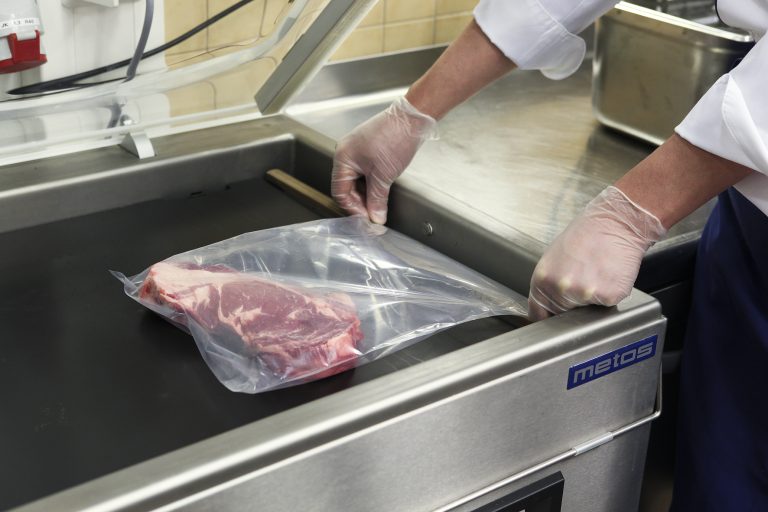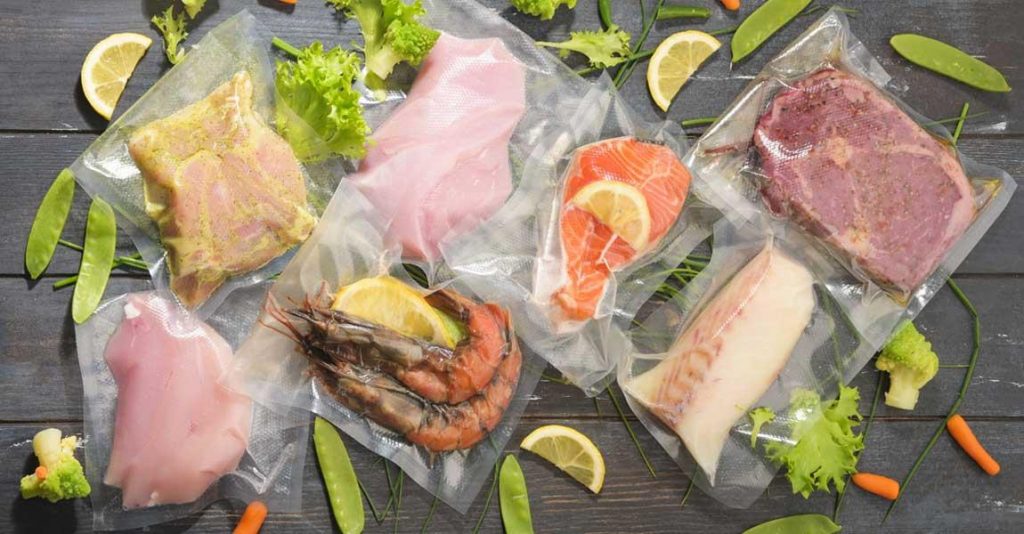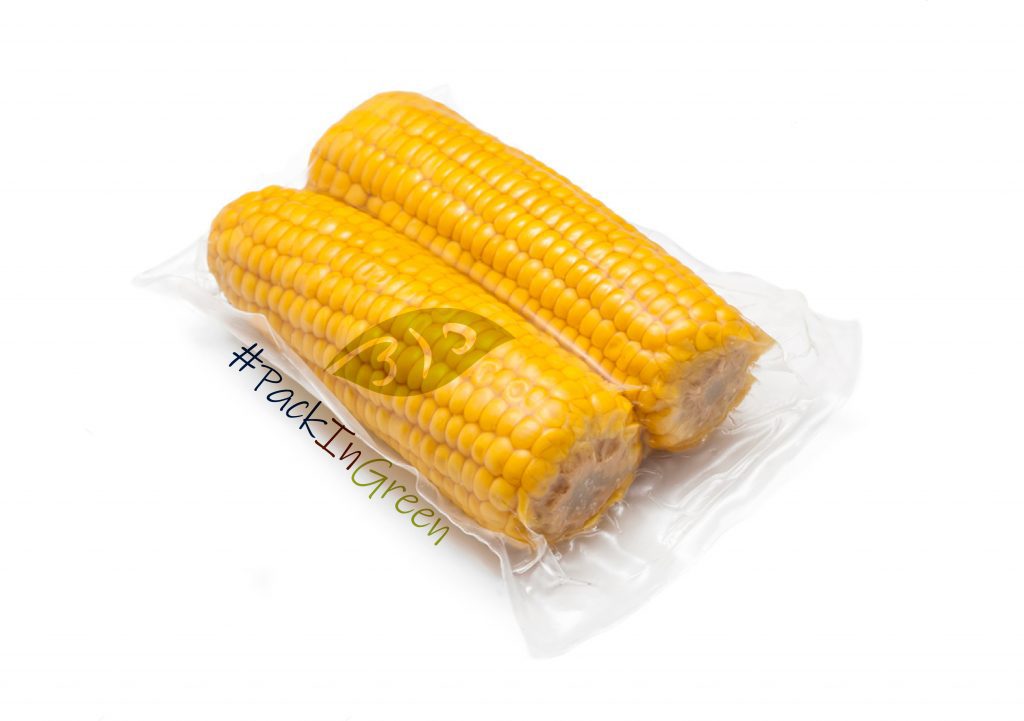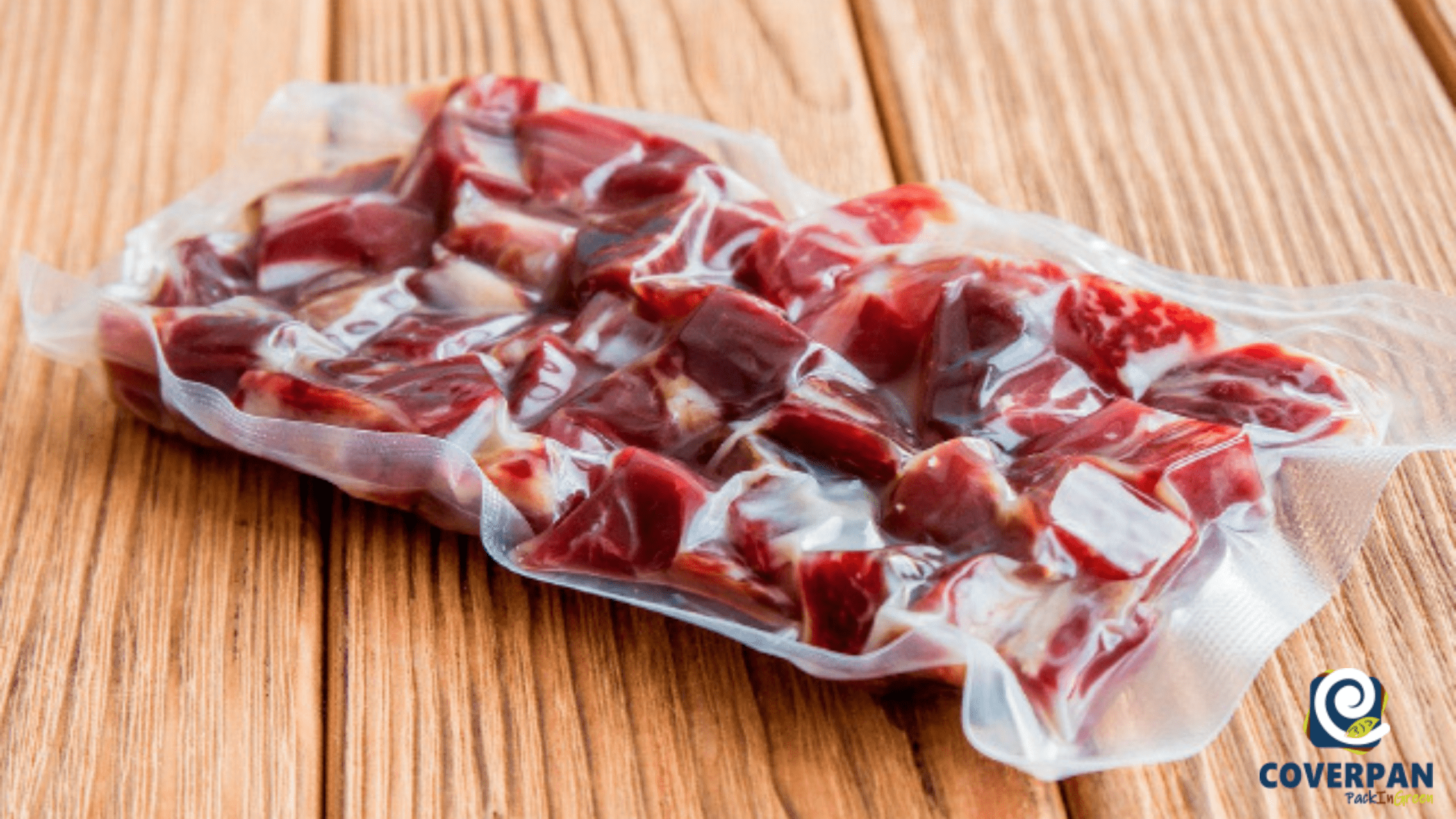The origin of this "vacuum" system
Exposing food to vacuum in order to extend the shelf life of a product is a technique developed in the 17th century by Denis Papin after a series of experiments, but which could not be implemented until three centuries later.
The basis of this technique was to extract oxygen from an airtight container in which food had been introduced. However, it was not until 1920 to see the first cuts of meat preserved with this technique.
Packaging against food waste
Vacuum bags have as great advantage that they can be used in a wide variety of foods, especially for meats, sausages, fish or dairy products. It is important to follow the rules of hygiene and handling when dealing with any food, and we must ensure that we are packaging fresh products in perfect condition. There are some microorganisms that grow in oxygen-free environments and the danger is that they do not alter the conditions of the food, so the presence of these unwanted pathogens goes unnoticed.
Otherwise, the process to be followed consists on washing or disinfecting the food of its bacterial load and then placing it in the bags, to which neither additives nor preservatives are added. Then gases such as oxygen, nitrogen or carbon dioxide are added to prevent the appearance of bacteria and fungi typical of the food and thus extend its preservation.
Cold and packaging, the keys to food storage
All foods deteriorate and the cause is the presence of micro-organisms that need oxygen to live.
The goal is to remove the air from the package to reduce oxidation and thus the development of bacteria. Due to lack of oxygen the capacity of bacteria to survive is also reduced. Afterwards, the package must be sealed and kept cold until consumed.

The hermetic packaging also maintains moisture, which prevents dehydration, avoids burns that occur in the freezer and helps to maintain the taste, texture and nutrients of the food.
What are the advantages?
Vacuum packaging can triple the life of some foods due to its effectiveness and the safety of this food preservation technique.
- The freshness and flavour of food is more stable, as there are no losses.
- Oxidation caused by oxygen is non-existent and, therefore, food putrefaction is non-existent.
- The shelf life of the food is much longer.
- Microorganisms do not proliferate in the absence of oxygen.
- Storage in perfect conditions for later use.
- Meat and fish maintain their firmness and texture.

BIOVAC, the sustainable vacuum solution
In view of the growing demand for ecological products within the framework of the Ecological Production Action Plan and the Great European Green Pact, at Coverpan we decided to look for more sustainable alternatives to contribute to the reduction of non-recyclable and non-reusable plastic packaging.
In this context Coverpan launched PackInGreen® products among which BIOVAC vacuum bags is one of our latest developments. These are the latest generation bags with which we aim to combine two important concepts: sustainability and food preservation.





